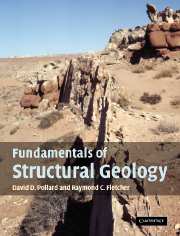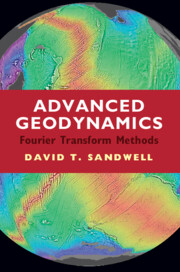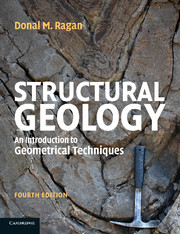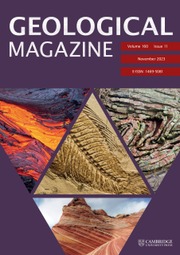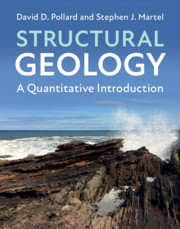Fundamentals of Structural Geology
Fundamentals of Structural Geology provides a new framework for the investigation of geological structures by integrating field mapping and mechanical analysis. Assuming a basic knowledge of physical geology, introductory calculus and physics, it emphasizes the observational data, modern mapping technology, principles of continuum mechanics, and the mathematical and computational skills, necessary to quantitatively map, describe, model, and explain deformation in Earth's lithosphere. By starting from the fundamental conservation laws of mass and momentum, the constitutive laws of material behavior, and the kinematic relationships for strain and rate of deformation, the authors demonstrate the relevance of solid and fluid mechanics to structural geology. This book offers a modern quantitative approach to structural geology for advanced students and researchers in structural geology and tectonics. It is supported by a website hosting images from the book, additional colour images, student exercises and MATLAB scripts. Solutions to the exercises are available to instructors.
- The book integrates field mapping using modern technology with the analysis of structures based on a complete mechanics
- MATLAB is used to visualize physical fields and analytical results and MATLAB scripts can be downloaded from the website to recreate textbook graphics and enable students to explore their choice of parameters and boundary conditions
- The supplementary website hosts colour images of outcrop photographs used in the text, supplementary colour images, and images of textbook figures for classroom presentations
- The textbook website also includes student exercises designed to explore the fundamental relationships, and to encourage the visualization of the evolution of geological structures; solutions are available to instructors
Reviews & endorsements
'Pollard and Fletcher have produced an authoritative textbook for 21st Century structural geologists. Fundamentals of Structural Geology comprehensively sets out the mathematics, physics and continuum mechanics that govern the deformation of rocks. This book is excellent value, combining classical and modern science with the authors' own research specialities, to illustrate the application of complete mechanics to structural geology. It will be a 'must' for all geoscientists who wish to model the Earth's deformation.' Sue Treagus, University of Manchester
'This is the best book on structural geology in a long time. In the way that characterizes their research work, Pollard and Fletcher lay out the physical concepts and tools needed to understand the structure-making processes and give many examples of their use. If you have any interest at all in the subject read this book. You'll be glad you did.' Don Ragan, Arizona State University
'This refreshingly quantitative book bridges the gap between higher-level continuum mechanics texts, with little emphasis on earth science problems, and introductory texts in structural geology, traditionally emphasizing observations. The approach taken by Pollard and Fletcher finds a balance between quantitative description and mechanical hypothesis testing. This book deserves a place in the working library of any structural geologist.' David Wiltschko, Texas AM University
'Graduate students and research geologists, in particular, will find it a clear and reliable source of good practice and good sense on quantitative structural geology.' Geological Magazine
'The authors have taken the opportunity to educate using multimedia, and the Website provides a comprehensive addition to the material in the book, including full colour images of the photographs in the text … the Website is easy to navigate and use and provides further links to useful sources of information. this package provides an ideal method to gain a better understanding of the mechanics of structural geology.' Open University Geological Society Journal
Product details
No date availableAdobe eBook Reader
9781316097564
0 pages
0kg
350 b/w illus.
This ISBN is for an eBook version which is distributed on our behalf by a third party.
Table of Contents
- 1. Motivations and opportunities
- 2. Structural mapping techniques and tools
- 3. Characterizing structures using differential geometry
- 4. Physical quantities, fields, dimensions and scaling
- 5. Deformation and flow
- 6. Force, traction and stress
- 7. Conservation of mass and momentum
- 8. Elastic deformation
- 9. Brittle behavior
- 10. Viscous flow
- 11. Rheological behavior
- 12. Model development and methodology
- Index.

